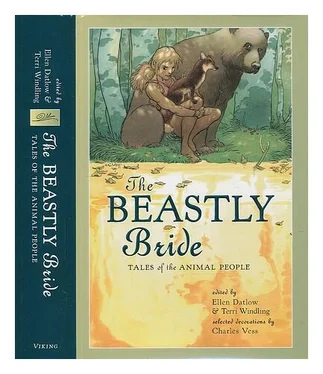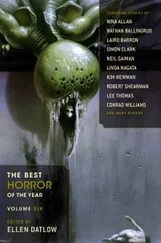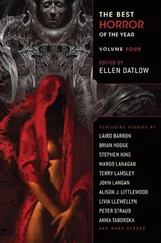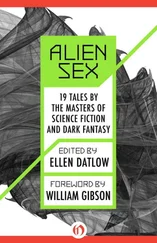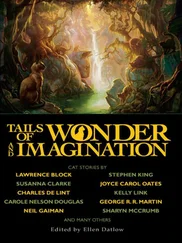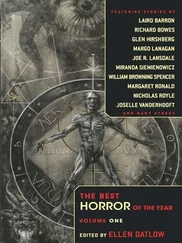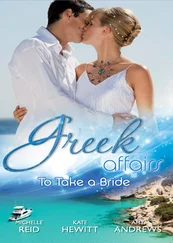In Greek myth, the goddess Artemis has been pictured with the head of a bear in her aspect of Lady of the Beasts. Young girls in her cult pledged service to the goddess somewhere between the ages of five and ten, wearing bear-skins and living as wild as cubs before entering adulthood and marriage. Pan, the Greek god of the wilderness, has an upper body shaped like a man’s, and the horns and the lower body of a goat. He is the leader of the satyrs, goatlike spirits of the forest famed for their wild and lecherous behavior. Cernunnos, the woodland god of Celtic lore, has the body of a man and the head of a stag; he is an elusive figure of the wilderness, associated with both fertility and death. Aroui, a dog-headed god, is lord of the forest in Yoruban tales, which spread from Africa to Cuba and Brazil along the old slaving routes. The Jaguar God of the Mayans can appear as a man, as a jaguar, or as a cross between the two. He is associated with the dark magic of shamans across Central and South America. In Hindu myth, the trickster god Ganesh has the head of an elephant with a single tusk and a potbellied human body with four hands. Revered as the Remover of Obstacles, he is often pictured riding on a rat. Coyote and Hare, immortal tricksters in tales told across North America, are sometimes animals, sometimes animal-human hybrids, and sometimes disguised as handsome young men. In the latter form, they seduce pretty girls and cause all manner of trouble for human beings.
Among the hundreds of Indian nations spread throughout the United States and Canada there are numerous mythic traditions in which the Animal People were the first inhabitants of Mother Earth. In some of these stories, the Animal People are divine beings shaped much like ordinary animals but possessing magical attributes and the power of human speech. In others, they are shape-shifters who can take on either animal or human form; and in still others, the precise nature of what they are is left deliberately obscure. The Animal People are credited with primary acts of world creation (placing the sun and stars in the sky, creating the mountains and rivers), and have been charged by Creator with the task of teaching human beings how to live a proper life. Similar tales are told by the Ainu of Japan, for whom all animals contain a spark of the kamui , or divine beings, of the mountains and the sea. Kimun Kamui is one of these immortals — a bear god who sends the deer down from the mountains to be hunted and eaten by their human kin. If the slain deer are honored with prayers and songs, their spirits rise and return to the mountains to report that they’ve been hospitably treated. Only then are they willing to be reborn in flesh and to be hunted once again.
In addition to deities who appear primarily in animal-human form, there are also gods and goddesses worldwide whose regular appearance is human (more or less) but who change into animal shape at will. In Norse myth, Odin, chief god of the Æsir, can transform into any bird or beast; and Loki the trickster has shape-shifting powers that he boasts are the equal of Odin’s. Freya, the fiercely independent Norse goddess of love, beauty, and sensuality, shape-shifts into a bird with the aid of a magical cape made of robin feathers. Zeus, the sky god of the Greek pantheon, likes to shape-shift into animal form in his relentless pursuit of delectable young women. and to elude the wrath of his wife, the goddess Hera. Zeus impregnates Leda, a princess of Sparta, while shaped as a great white swan, for example, and abducts the Phoenician princess Europa in the guise of a sacred bull. The fertility goddess Demeter, by contrast, transforms herself into a mare in order to avoid the amorous attentions of Poseidon, the lusty god of the sea — who promptly changes into a stallion and has his way with her all the same. Tefnut, the Egyptian goddess of water and moisture, turns into a lioness when riled. In one famous myth, the goddess argues with Shu, god of the air and dryness, and leaves Egypt for Nubia. The other gods want to persuade her to return, but Tefnut, in animal form, destroys any god or man who approaches. Julunggul, from Australian Aboriginal lore, can appear as both a woman and as a colored snake. She’s the goddess of rebirth and oversees the initiation of boys into manhood. Inari, in the Shinto myths of Japan, is the god of rice, agriculture, and foxes. This god shifts from male to female form, and appears in both fox and human shape. The kitsune (fox spirits) of Japanese folklore are under Inari’s protection. In Ireland, Edain and Flidais are shape-shifting goddesses in some old Celtic tales, turning into a mare and a deer respectively, while in others they are members of the Tuatha Dé Danann (the fairy race of the Emerald Isle) and their shape-shifting is but an illusion (a “glamour”) cast over mortal eyes.
There are numerous stories like Demeter’s, in which physical transformation is prompted by the desire for protection or escape. In Roman myth, a beautiful princess, Cornix, is threatened with rape by Neptune, god of the sea. Her cries are heard by the goddess Minerva, who promptly turns Cornix into a crow — preserving the young woman’s honor, but at a price that is rather steep. In Greek myth, Proteus (son of Poseidon) is both a shape-shifter and a soothsayer — but he will not use the latter talent for mortals unless he is forced to do so. The king of Sparta is advised to grab hold of Proteus and to hang on tightly while the god shape-shifts in an effort to escape — for if he cannot, he’ll be compelled to answer the Spartan king’s questions. (It is from Proteus that we get the word protean , meaning “changeable in shape or form.”)
Proteus’s story is echoed in a classic tale from Welsh mythology: Gwion Bach, servant of the witch Ceridwen, steals three drops of wisdom from the cauldron of knowledge. As he flees the house with the witch in pursuit, he transforms into a hare. Ceridwen transforms into a hound. He turns into a fish, she turns into an otter, and on and on until he’s a grain of wheat, and as a hen she gobbles him up. Nine months later, the witch gives birth to Gwion Bach in infant form. The child grows up to become Taliesin, the greatest of all Welsh bards.
A similar tale is told in the Scottish border ballad “Twa Magicians.” One magician (female) is pursued by another (male) and tries a similar escape. The prize at stake is her virginity, which she is determined to keep. In another famous border ballad, “Tam Lin,” the eponymous hero (a prisoner of the fairies) undergoes a series of protean transformations in the song’s climactic scene: he becomes a lion, a bear, a poisonous snake, a flaming sword, a red-hot band of iron. His lover, Janet, bravely stands her ground and holds on tightly through each metamorphosis, by which means she wins Tam Lin’s mortal soul back from the Faerie realm.
The fairies themselves, in the lore of the British Isles, are often shape-shifters. Indeed, some fairies change shape so often, or so dramatically, that it can be hard to ascertain their true appearance. Monstrous fairy hags can appear as lovely maidens; wizened, lumpen, ragged old fairies can appear as sweet-talking, handsome young men; and sickly fairy changelings can look just like the human babies whose cradles they’ve usurped. When not attempting to pass as mortals, shape-shifting fairies most commonly borrow their appearance from elemental forms (earth, air, fire, water) or from the plant and mineral kingdoms (trees, flowers, mushrooms, standing stones) — but there are, nonetheless, some species of fairies who engage in therianthropic transformation. Kelpies, for example, are malicious river fairies who shift between human and equine form; the hyter sprites, by contrast, are a gentle breed of fairy who shape-shift into various birds. Piskies delight in disguising themselves as hedgehogs or hares of a strange green hue. Pookahs turn into big black horses or dogs to play nasty tricks on mortal men, and selkies are shaped as humans when on dry land and as seals within the sea.
Читать дальше
